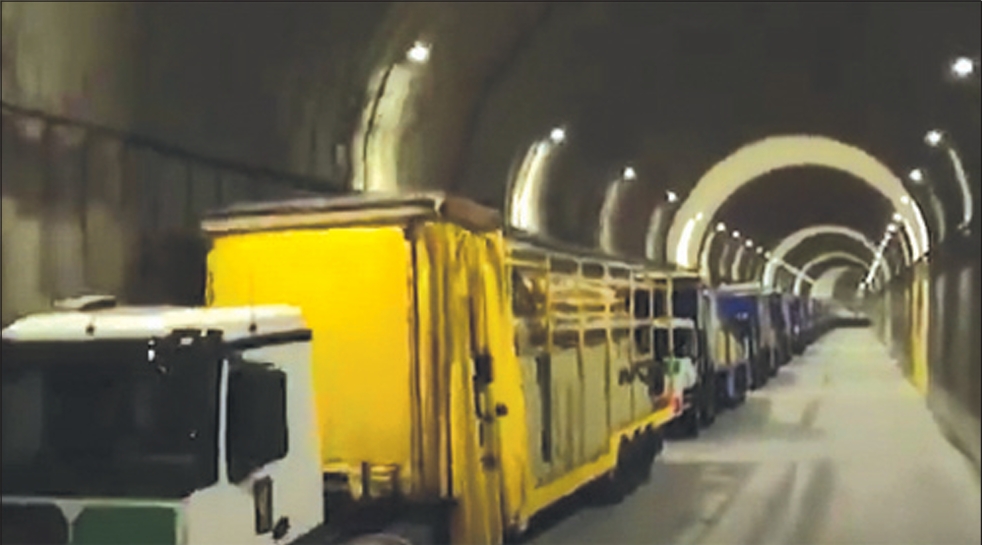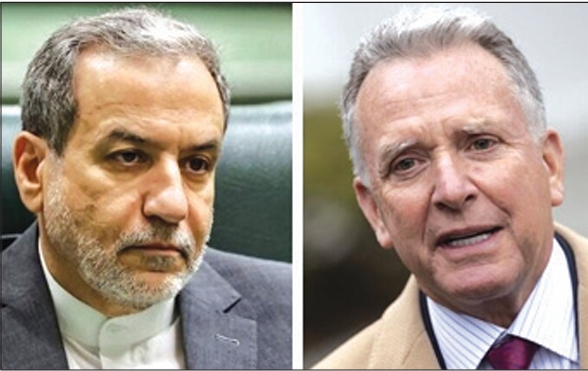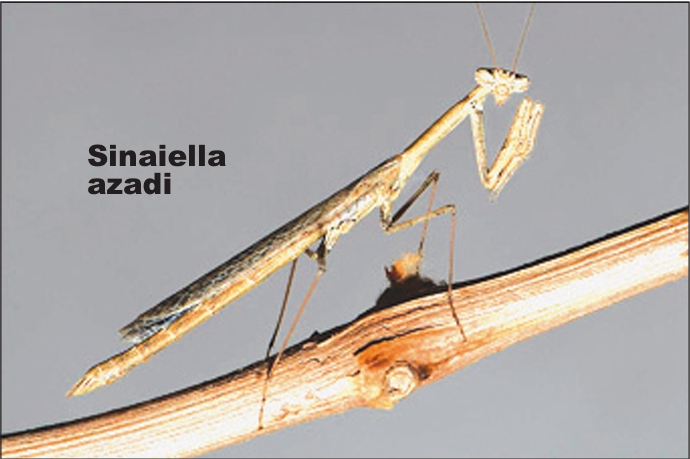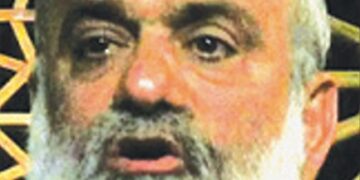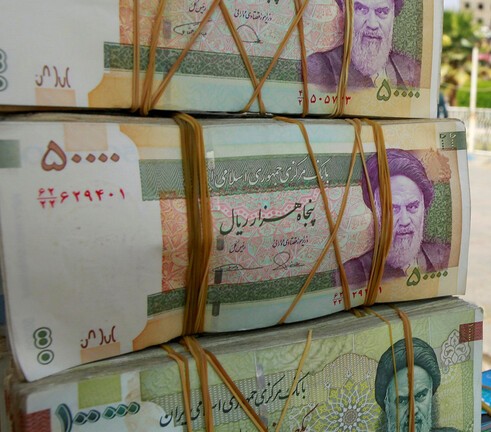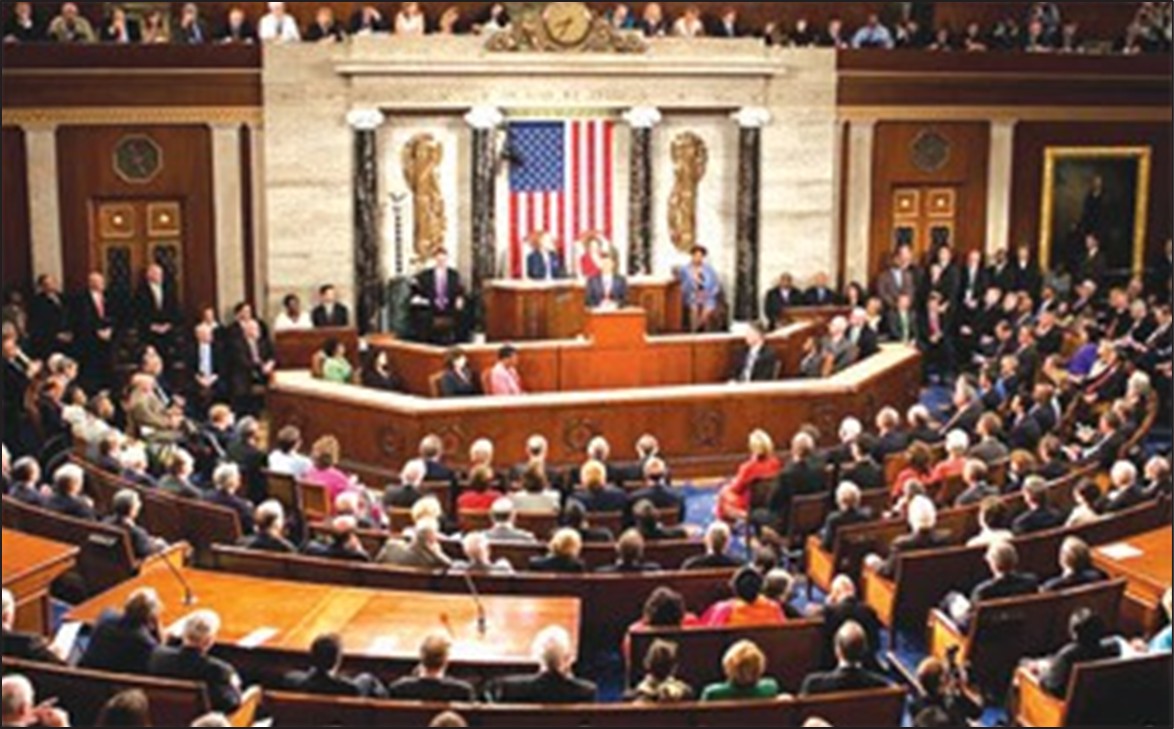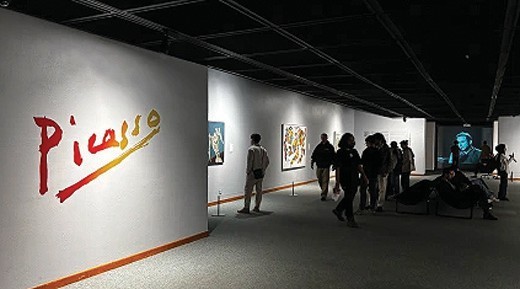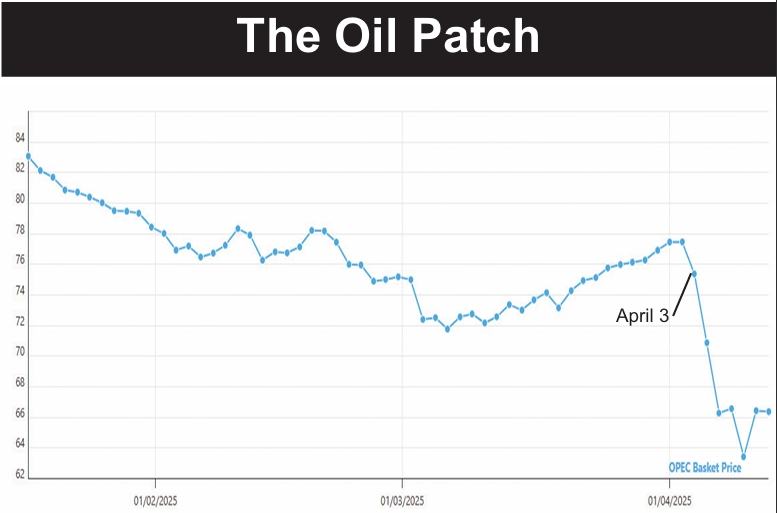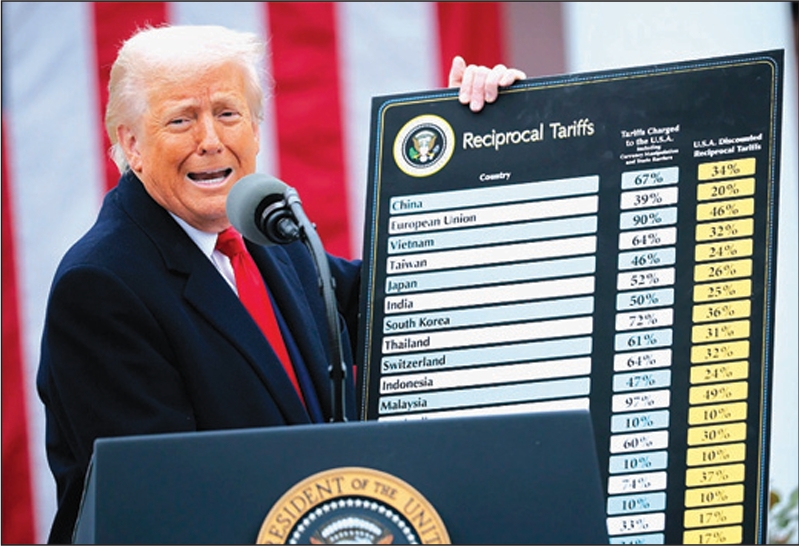Deputy Transport Minister Ahmad Majidi said the tower received no radio communication from the pilot after he decided not to land on the first approach, so it isn’t known what he was planning.
Some thought the pilot might have decided to return to Tehran. That got some support when the crashed plane was discovered to be facing in the direction of Tehran, Majidi said. Of course, in circling to try a second landing, the plane would automatically be headed toward Tehran for a while.
The fuselage broke into four large segments when the aircraft crashed. But no fire broke out.
The plane did not nosedive. It made a belly landing, lending support to speculation that the pilot may have been trying to land on open farmland for some reason.
A spokesman for the Civil Aviation Organization, Abbas Mosayebi, said a few of the passengers were unhurt and simply walked out of the plane after the crash, giving further support to the speculation that the pilot was trying to put the plane down softly.
The plane was carrying 104 passengers and crew on the flight from Tehran to Urumiyeh. It left two hours late from Tehran.
Three-quarters of those on board died; but 27 or one-quarter survived, again suggesting that pilot was making an attempt at a landing in the farm fields. At least eight of the injured were in critical condition and might still succumb.
One of the survivors, Hossain Haqiqi, was quoted by the Iranian Students News Agency (ISNA) as saying the pilot announced he was making an emergency landing. That was the most convincing evidence that the pilot was bringing the plane down consciously.
But nothing indicated why he chose to make an emergency landing in a farmer’s field rather than try the airport a second time or return to Tehran or go to some other airport.
The Boeing aircraft was 37 years old and had joined Iran Air’s fleet before the revolution. It had been serviced “in recent months,” Majidi said.
Politicians have frequently blamed the aircraft crashes on the US embargo, which prevents Iranian airlines from buying spare parts or new planes from Boeing. However, Iran has clearly been able to buy spare parts on the open market or it could not have kept it Boeings in the air one year after the revolution, let alone 32.
A few months ago, the new head of the Civil Aviation Organization of Iran said publicly that the embargo caused no crashes. He pointed out that a pilot does not take a plane airborne if there is any missing component or signs of problems.
Most foreign analysts have blamed poor maintenance standards for the volume of crashes in Iran. An unusual number of crashes have involved aircraft leaving from Mehrabad airport in Tehran (including Sunday’s crash), prompting some to ask if the supervision at Mehrabad is adequate.
Of 23 major crashes since the revolution, five have involved European-made aircraft, eight American-made and ten Russian-made.


